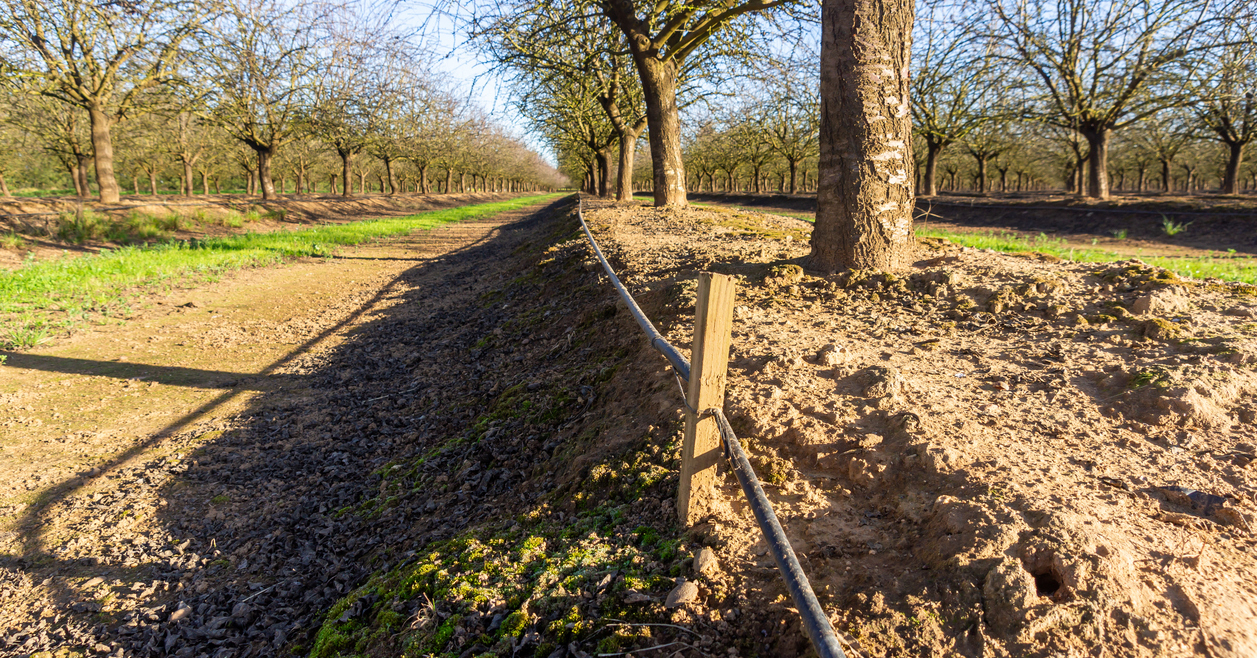Something Bugging Your Trees? Four Common Tree Pests To Lookout For This Spring and Summer
Many Atlantans consider spring and summer to be the best time of the year. Unfortunately, tree pests and bugs agree. These tiny critters can lead to big problems and can literally suck the life out of your trees if not addressed.
Here are the four major suspects to look out for in your yard:
Aphids
Also known as plant lice, these bugs are found together in groups and eat leaves and stems. There are several different species of Aphids and they can be usually spotted on tree trunks or underneath leaves.
While a moderate amount of them do not damage trees; a large group can cause yellowing leaves and stunt growth. Some Aphids inject a toxin into plants when they feed.
Spider Mites
Often found on the backs of leaves, these bugs are so small that they can barely be seen by the naked eye. They can be found in groups, clustered in a spider web.
You can tell if a tree has fallen victim to these pests if you can see stippling on the upper sides of leaves on deciduous trees and the needles browning on evergreen trees.
Cicadas
You don’t even need to spot one to know they’re there. With an iconic, drum-like song that rings all summer long, these bugs can usually be found on the tree trunks.
Their beak is used to suck fluids from trees, causing the leftover bark to cling in place and split right down the middle.
Caterpillars
Before they blossom into butterflies or moths, these slinky creatures can defoliate an entire tree with their little army. They create large communal nests in deciduous trees.
Warning signs include leaves with ragged edges or defoliated branches, followed by the entire tree being defoliated.
There are hundreds of types of tree pests that could make a home in your trees. Thankfully, identifying their symptoms can help you figure out the culprit and stop them before real damage is done.
A chemical-based solution is not always necessary. A certified arborist can help determine what’s best for this situation.
Premier Tree Solutions specializes in tree care in Atlanta, Georgia, and in the removal of dead,
dying, or infested tree limbs and specimens and plant health care. If you’d like help caring for your property, please
don’t hesitate to give us a call at 404-252-6448.







